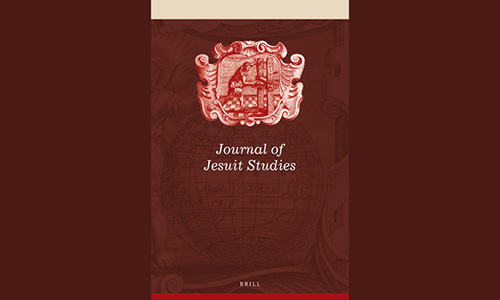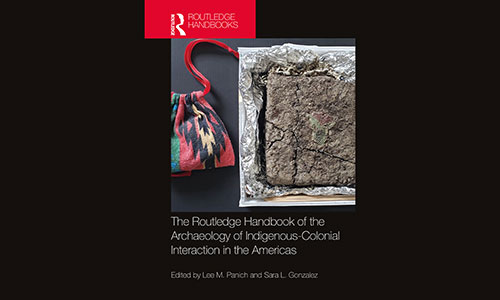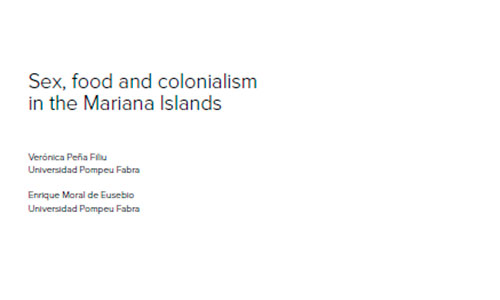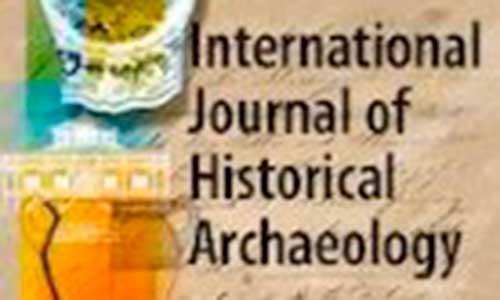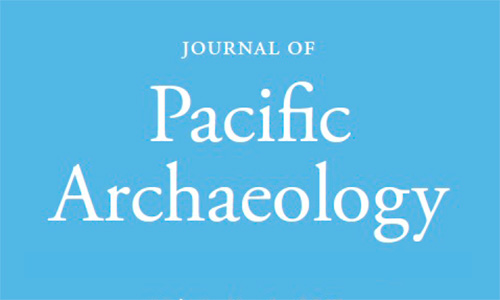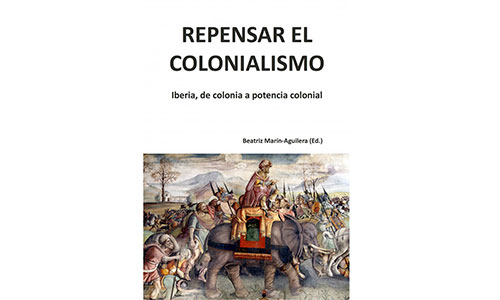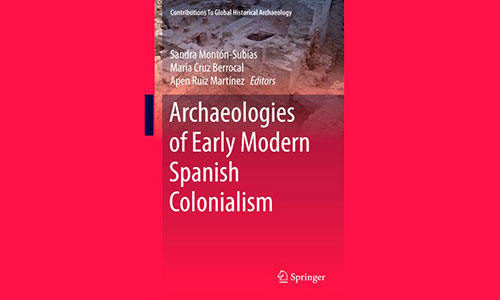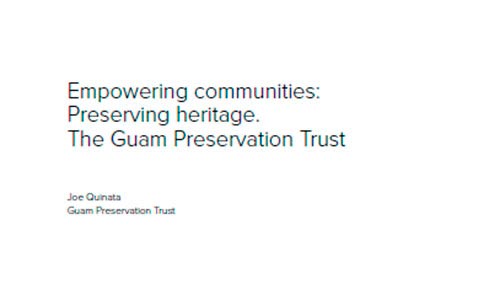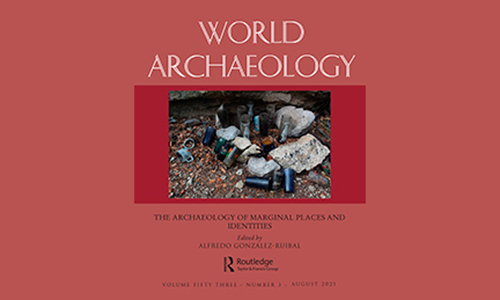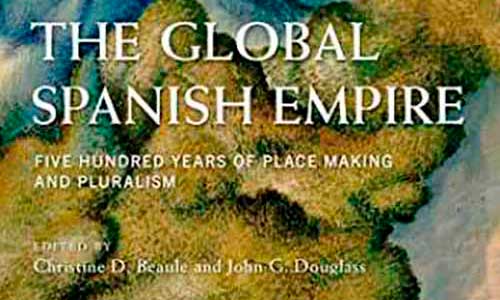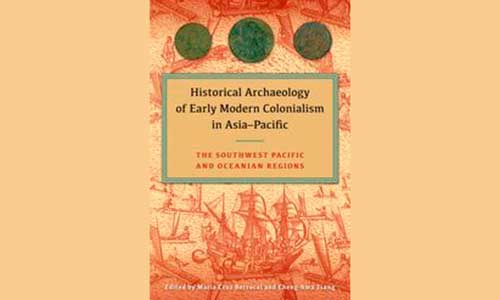Publications
The right to know
The habit does make the monk: Jesuit dress in the Marianas mission 1668–1700.
Montón-Subías, S. 2024
Journal of Jesuit Studies, 11(2), 204-25.
This article explores some of the body modifications that occurred in the Mariana Islands during the initial decades of the Jesuit mission. It focuses on Jesuit vestments and the use of Indigenous CHamoru palm-weaving in a cultural background where the CHamoru dress code clashed with Jesuit mindsets.
Gender and daily life in the Jesuit mission. The ABERIGUA project.
Montón-Subías, Sandra. 2021.
I estoria-ta: Guåhån, the Manislan Mariånas and Chamorro culture: 75-83.
This chapter briefly traces the history of Spanish colonization in the Manislan Mariånas through the establishment of the Jesuit missions in the archipelago. It presents the ABERIGUA project and some of its advances.
Latte Period Cultural Heritage in the Northern Manislan Mariånas
Dixon, Boyd., Bulgrin, Lon., Kottemair, Maria. 2021.
I estoria-ta: Guåhån, the Manislan Mariånas and Chamorro culture: 37-45.
This paper explores the nature and range of Latte Pe-riod cultural heritage in the Commonwealth of theNorthern Manislan Mariånas, long recognized as thetraditional foundation upon which Chamorro cul-ture is built.
Modern Colonialism and Cultural Continuity Through Material Culture: An Example from Guåhån and CHamoru Plaiting.
Montón-Subías, Sandra, Hernando Gonzalo, Almudena.
International Journal of Historical Archaeology, 2021.
This article analyzes cultural persistence in Guåhån through plaiting, material culture, and maintenance activities, a set of daily practices that are essential to social continuity and well-being. The colonization of Guåhån began in 1668 with the Jesuit missions. Jesuit policies utilized maintenance activities to colonize Indigenous lifeways and subjectivities, but we believe those activities also functioned as reservoirs of traditional knowledge.
Traditional Land Use and Resistance to Spanish Colonial Entanglement: Archaeological Evidence on Guåhån
Dixon, Boyd; Welch, Danny; Bulgrin, Lon; Horrocks, Mark, 2020.
Asian Perspectives 59(1): 61-99
The article explores the continuity of traditional land use practices on Guåhån from before Spanish contact in 1521 until after the Colonial Reduction around 1700.
In Small Islands Forgotten: Lessons from Chamorro Lands
Montón-Subías, Sandra, 2021.
Routledge Handbook of the Archaeology of Indigenous-Colonial Interaction in the Americas. Ed. Panich L.M & Gonzalez, S.L.
This chapter focuses on Guåhån (Guahan). Although, from a strictly geographic point of view, Guåhån falls outside of the Americas, global perspectives that include the Americas — past and present — intermingle on this island: they do so in the colonial processes that have been taking place since the 16th century and in the ways these acquire relevance in the present.

Archaeology of Manila Galleon Seaports and Early Maritime Globalization.
Chunming Wu; Roberto Junco Sanchez; Miao Liu (Ed). With the collaboration of Joe Quinata, 2019.
The Archaeology of Asia-Pacific Navigation. Volume 2
This book focuses on the archaeological and historical research on the seaport heritage of galleon navigation in Asia-Pacific region. It reconstructs the Manila Galleons’ era of early maritime globalization, established and operated by Spanish navigators from the 16th to 19th centuries. The galleons sailed across the Pacific via the hub seaports and trade centers of Manila in the Philippines and Acapulco in Mexico, forming a prosperous sea route connecting eastern Asia and New Spain on the American continent for more than 250 years. This pioneering navigation of the pan-Pacific regions promoted early global maritime trade along the new Maritime Silk Road between the East and the West.
Foodways, Missionaries, and Culinary Accommodation in the Mariana Islands (1668–74)
Verónica Peña Filiu. 2022
Journal of Jesuit Studies, 9(2), 263-280.
This article explores the strategies that the Jesuit missionaries followed to adjust their foodways to the social and physical environment of the Manislan Mariånas and pays attention to the process whereby local foods were adopted. In that sense, it argues that culinary accommodation—or “gastronomic accommodation” as defined by Cristina Osswald—was both a common practice to overcome the lack of Iberian resources and a political strategy to ease tensions and forge alliances with the indigenous population.
Sex, food and colonialism in the Manislan Mariånas
Peña Filiu, Verónica., Moral de Eusebio, Enrique. 2021.
I estoria-ta: Guåhån, the Manislan Mariånas and Chamorro culture: 93-102.
The aim of this chapter is to outline the changes and continuities in dietary and sexual practices in the Manislan Mariånas during the Spanish colonisation of this Micronesian archipelago.

Gendered Households and Ceramic Assemblage Formation in the Mariana Islands, Western Pacific.
Jacy M. MILLER, Darlene R. MOORE and James M. BAYMAN.
Asian Perspectives. 2021, 60(1).
The archaeological investigation of gendered labor is vital for interpreting households in the Manislan Mariånas because Spanish documentary accounts are largely silent regarding their spatial organization. Preliminary analyses of excavated materials from a household on the island of Guåhån revealed that it comprised two adjacent buildings (latte) that were economically integrated and within which craft activities by women and men were spatially segregated.
A Body is Worth a Thousand Words: Early Colonial Dresscapes in Guåhån
Monton-Subias, Sandra; Moral de Eusebio, Enrique. 2021.
Historical Archaeology, 55(2), 269-289.
This article explores how dress became a fundamental “civilizing” item in the 17th-century Jesuit missionization of Guåhån.
Gender, Missions, and Maintenance Activities in the Early Modern Globalization: Guåhån 1668–98
Montón-Subías, Sandra., 2019.
International Journal of Historical Archaeology 23(2): 404-429.
This article exploring the early years of Jesuit missions in Guåhån (Manislan Mariånas) and describes mission policies as engendered sexual policies that fostered the emergence of a new sex/gender system within indigenous Chamorro society.
The First Missions in Oceania Excavations at the Colonial Church and Cemetery of San Dionisio at Humåtak (Guåhån, Manislan Mariånas)
Montón-Subías, Sandra., Moragas, Natalia. & Bayman, James., 2020.
Journal of Pacific Archaeology, 11(2), pp. 62-73.
This essay outlines and explores the broader implications of preliminary archaeological excavations at the colonial church and cemetery of San Dionisio (Humåtak, Guåhån, Manislan Mariånas)
Arqueología del colonialismo español en la Micronesia: Guåhån y las Poblaciones Chamorras
Montón-Subías, Sandra; Bayman, James & Moragas, Natalia, 2018.
In Marín-Aguilera, Beatriz (ed.): Repensar el colonialismo: Iberia, de colonia a potencia colonial. Madrid: JAS, pp. 303-336.
The article describes the Spanish colonialism on the island of Guåhån, as well as its pre-Hispanic past, the present archaeological heritage of the island and the archaeological research developed there.
Spanish Colonial History and Archaeology in the Manislan Mariånas: Echoes from the Western Pacific
Bayman, James & Peterson, John., 2016.
Archaeologies of Early Modern Spanish ColonialismBayman J., Peterson J. (2016) Spanish Colonial History and Archaeology in the Manislan Mariånass: Echoes from the Western Pacific. In: Montón-Subías S., Cruz Berrocal M., Ruiz Martínez A. (eds) Archaeologies of Early Modern Spanish Colonialism. Contributions To Global Historical Archaeology. Springer, Cham. 229-252.
This paper examine the material consequences of Spanish colonialism on Chamorro diet and food production, trade and political economy, labor and gender relations, and contemporary heritage and identity. Finally, we consider directions for future research on Spanish colonial-period archaeology in the Manislan Mariånas.
Reused and recycled. Archeometallurgical study of historical nails found in Guam, Mariana Islands, Western Pacific
Rebeca Salgado-Pizarro, Sara Camacho, Sandra Montón-Subías, Natalia Moragas, Ana Inés Fernández
Journal of Archaeological Science: Reports, Volume 47.
This article presents the results of the archaeometallurgical analyses (chemical, compositional, and mechanical) conducted on historic iron nails from the Marianas archipelago, in the western Pacific. The nails were recovered at the archaeological excavations of San Dionisio’s church and cemetery (Humåtak, Guam).
Empowering communities: Preserving heritage. The Guåhån Preservation Trust.
Quinata, Joe. 2021.
I estoria-ta: Guåhån, the Manislan Mariånas and Chamorro culture: 147-150.
This chapter presents the Guåhån Preservation Trust, a non-profit, public corporation has been tasked to be an advocate for historic preservation and to provide opportunities for the local community to learn and gain a better sense of the history of Guåhån’s people and places and to carry on the legacy and traditions of Guåhån’s cultural heritage.
Review of the Spanish Documents Collection at the Richard Flores Taitano Micronesian Area Research Center at the University of Guåhån.
Brunal Perry, O. 2021.
I estoria-ta: Guåhån, the Manislan Mariånas and Chamorro culture: 133-146.
Since 1967, MARC faculty members have been committed to developing the Spanish Documents Collection (SDC) by gathering copies of archival records or primary sources from official archives to facilitate research on the history of the Manislan Mariånas.
Margins are central: identity and indigenous resistance to colonial globalization in Guåhån
Sandra Montón-Subías & Boyd Dixon. 2021
World Archaeology, 53:3, 419-434.
In this article, we will focus on CHamoru cultural resilience at lånchos (rural properties outside cities and villages), at reducciones (villages or towns where CHamorus were forcibly nucleated in the seventeenth century), and at the current use of colonial ‘ruins’ to promote indigenous cultural enhancement and community wellbeing.
The Humåtak Community Museum Project
Quinata, Joe., Prados, Lourdes. 2021..
I estoria-ta: Guåhån, the Manislan Mariånas and Chamorro culture: 151-158.
This document aims to demonstrate the importance of community museums, by outlining their origins, the milestones in their development and successful case studies, and providing an overview of the current situation. It will conclude by presenting the proposal for the future community museum in Humåtak
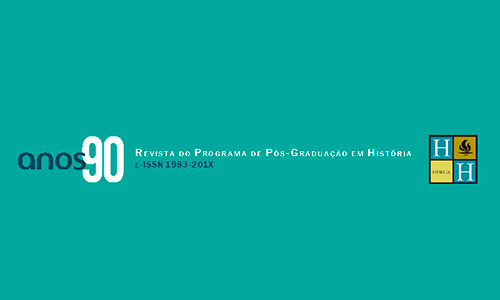
No es menester llevar plata, sino algunos géneros y semillas: alimentación y cultura material en el proyecto de evangelización de las Manislan Mariånas
Peña Filiu, Verónica.
Anos 90: Revista do Programa de Pós-Graduação em História da Universidade Federal do Rio Grande do Sul.
Colonial Surveillance, Lånchos, and the Perpetuation of Intangible Cultural Heritage in Guåhån, Manislan Mariånas
Bayman, James., Dixon, Boyd., Montón-Subías, Sandra. & Moragas, Natalia, 2020.
Beaule, C. & Douglass, J. (eds) The Global Spanish Empire: Five Hundred Years of Place Making and Pluralism, Tucson: University of Arizona Press.
This chapter present a suite of archaeological and documentary sources to interpret the consequences of the reducción in the late seventeenth century and its ramifications through the nineteenth century.
The Archaeological Remains of Early Modern Spanish Colonialism on Guåhån and Their Implications.
Dixon, Boyd; Jalandoni, Andrea & Craft, Cacilie., 2017.
In María Cruz Berrocal & Cheng-hwa Tsang (eds.): Historical Archaeology of Early Modern Colonialism in Asia-Pacific. Gainesville, Tallahassee, Tampa, Boca Raton, Pensacola, Orlando, Miami, Jacksonville, Ft. Myers, Sarasota: University Press of Florida, pp.195-218.
Historical archaeology in the Manislan Mariånas and Hispanic colonialism.
Heterotopías en Conflicto. Sexualidad, Colonialismo y Cultura Material en las Manislan Mariånas durante el Siglo XVII
Moral de Eusebio, Enrique, 2016.
Pinto-Coelho, I., Bento-Torres, J., Serrão Gil, L. & Ramos, T. (coord.) Entre Ciência e Cultura: Da Interdisciplinaridade à Transversalidade da Arqueologia, Actas das VIII Jornadas de Jovens em Investigação Arqueológica, Lisboa: CHAM, IEM, 229-232.
Through the notions of biopolitics and heterotopia formulated by Michel Foucault, the author analyzes the way in which the Spanish colonizers used material culture and, specifically, architectural structures, to impose their own sexual standards on the colonized.

